Italian Humanists recover the classical past
When Renaissance artists and humanists looked to recover the classical past, they were essentially going “back to the future.”
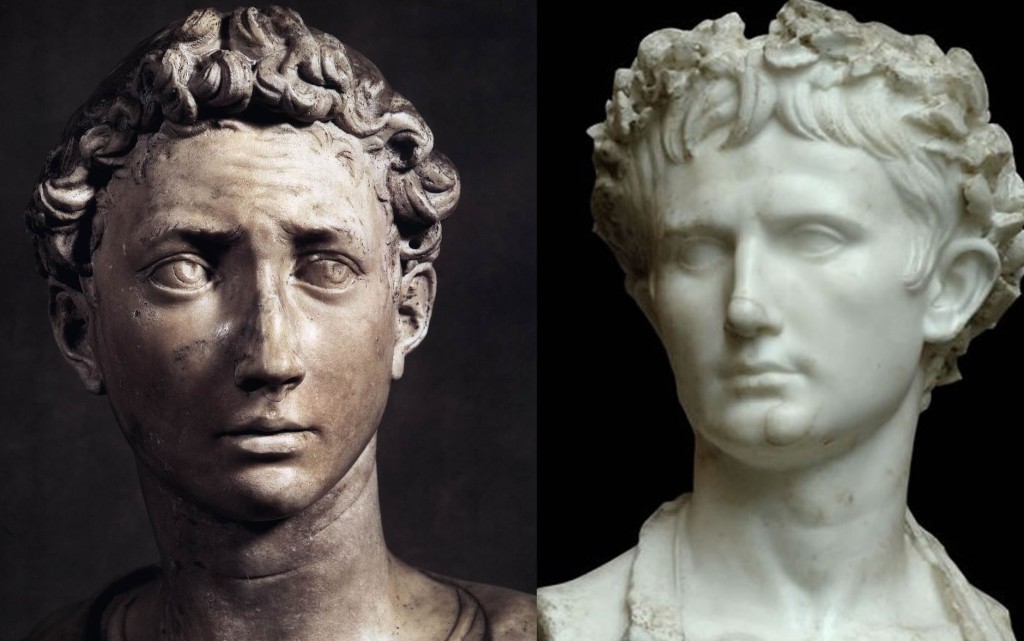
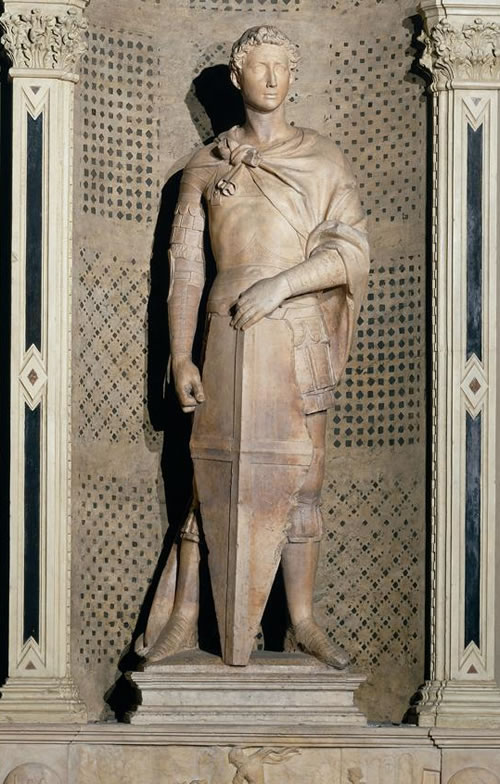
This passion for the ancient world began with the humanists, scholars who rejected the scholastic curriculum taught in medieval universities.
Europe’s oldest university was founded in the city of Bologna




They taught the “trivium” of grammar, rhetoric and logic, and the “quadrivium” of arithmetic, music, geometry, and astronomy, known as the “Seven Liberal Arts.”
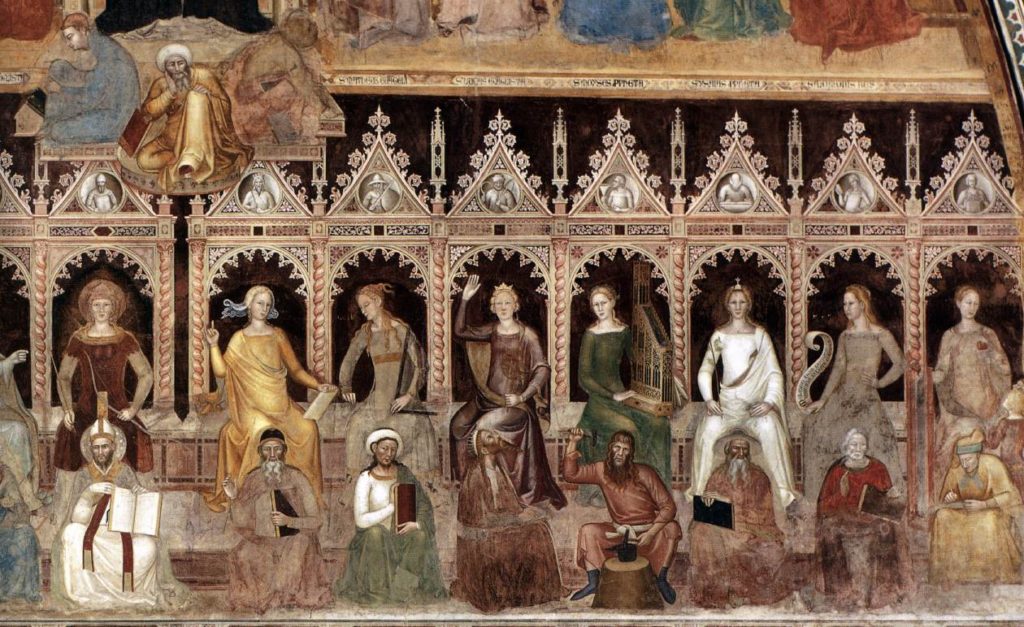
“History” and “literature,” however, were not part of the traditional curriculum.
Humanists wanted to get into direct contact with the texts of antiquity, reading them in the original, and without the mediation of scholastic interpretations.
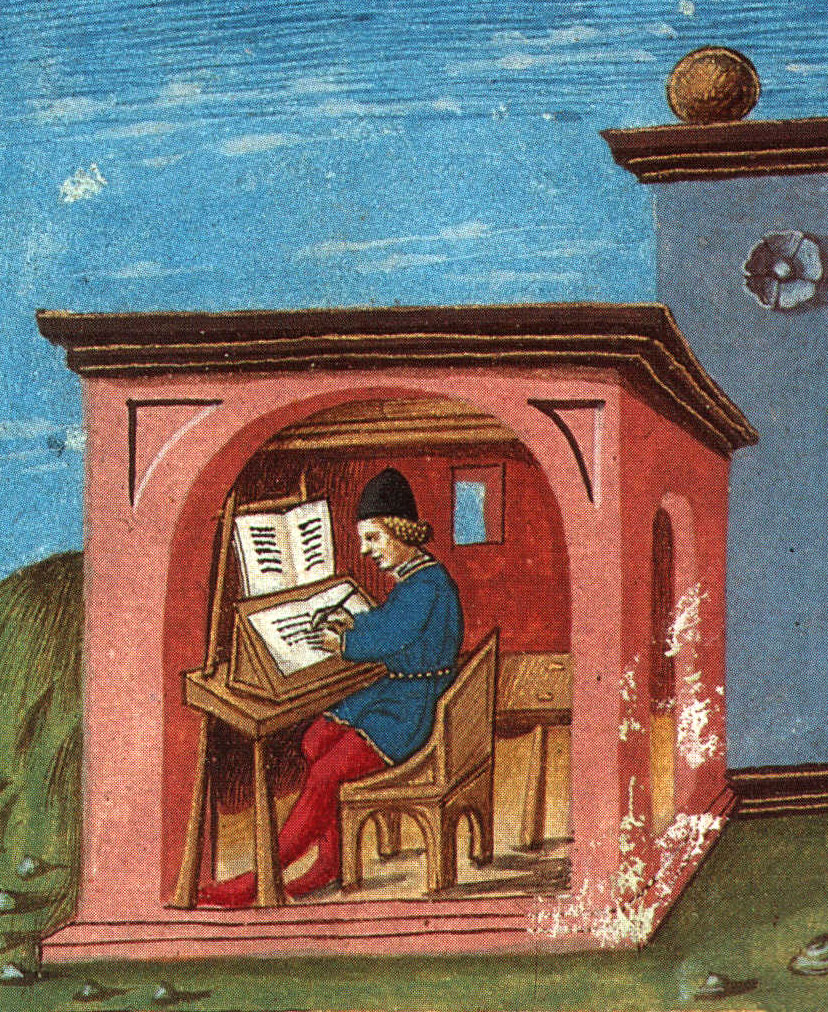
When medieval people thought of the ancients they often envisioned them as very similar to themselves.
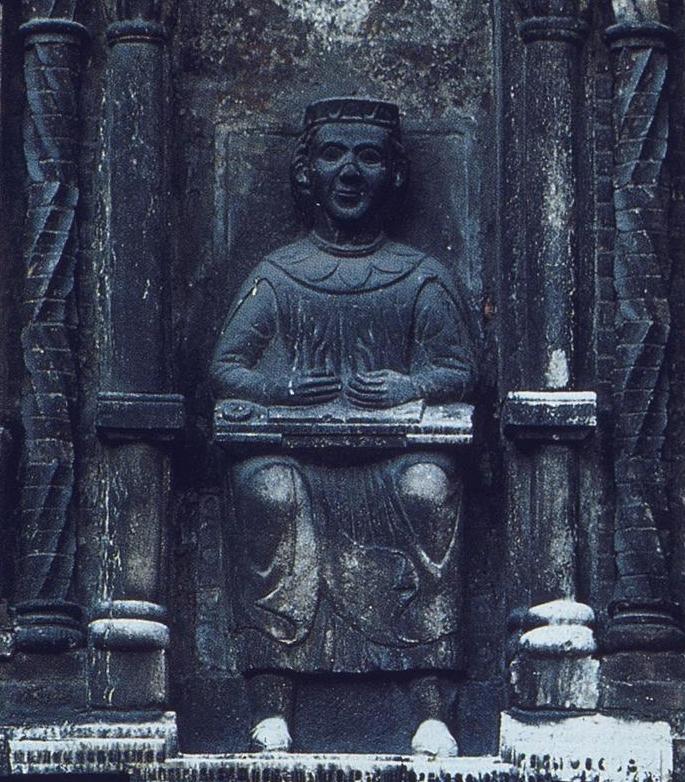
Carving of the ancient Roman poet Virgil, Piazza Broletto, Mantua, 13th century
During the Renaissance, humanists began to see the ancient world differently.
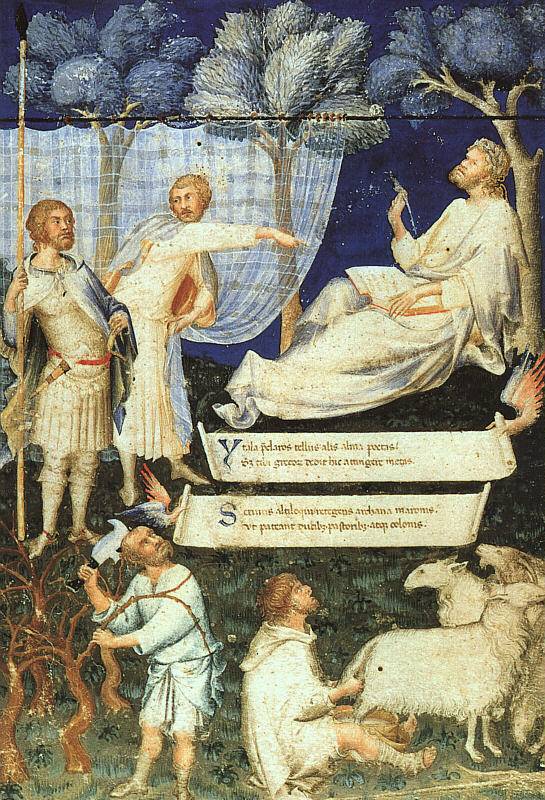
Petrarch was one of the early humanists, who tried to imagine the ancient world in its historical context.
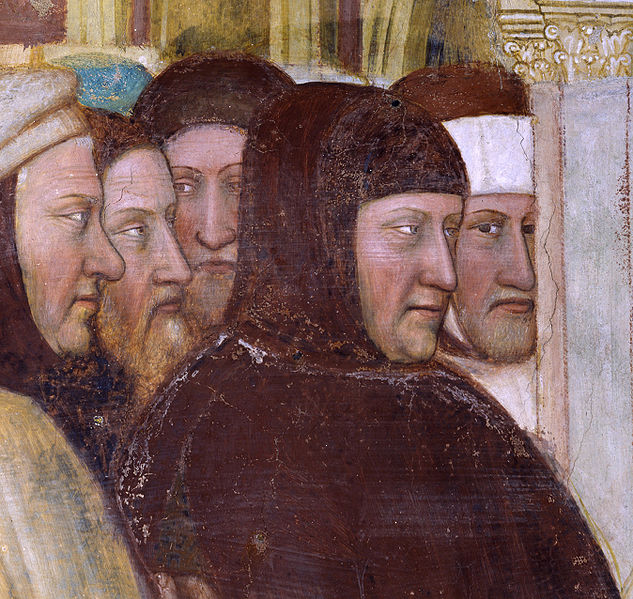
This is said to be a portrait of Petrarch, painted in 1376
One of Petrarch’s most renowned writings is his “Ascent of Mt. Ventoux.”
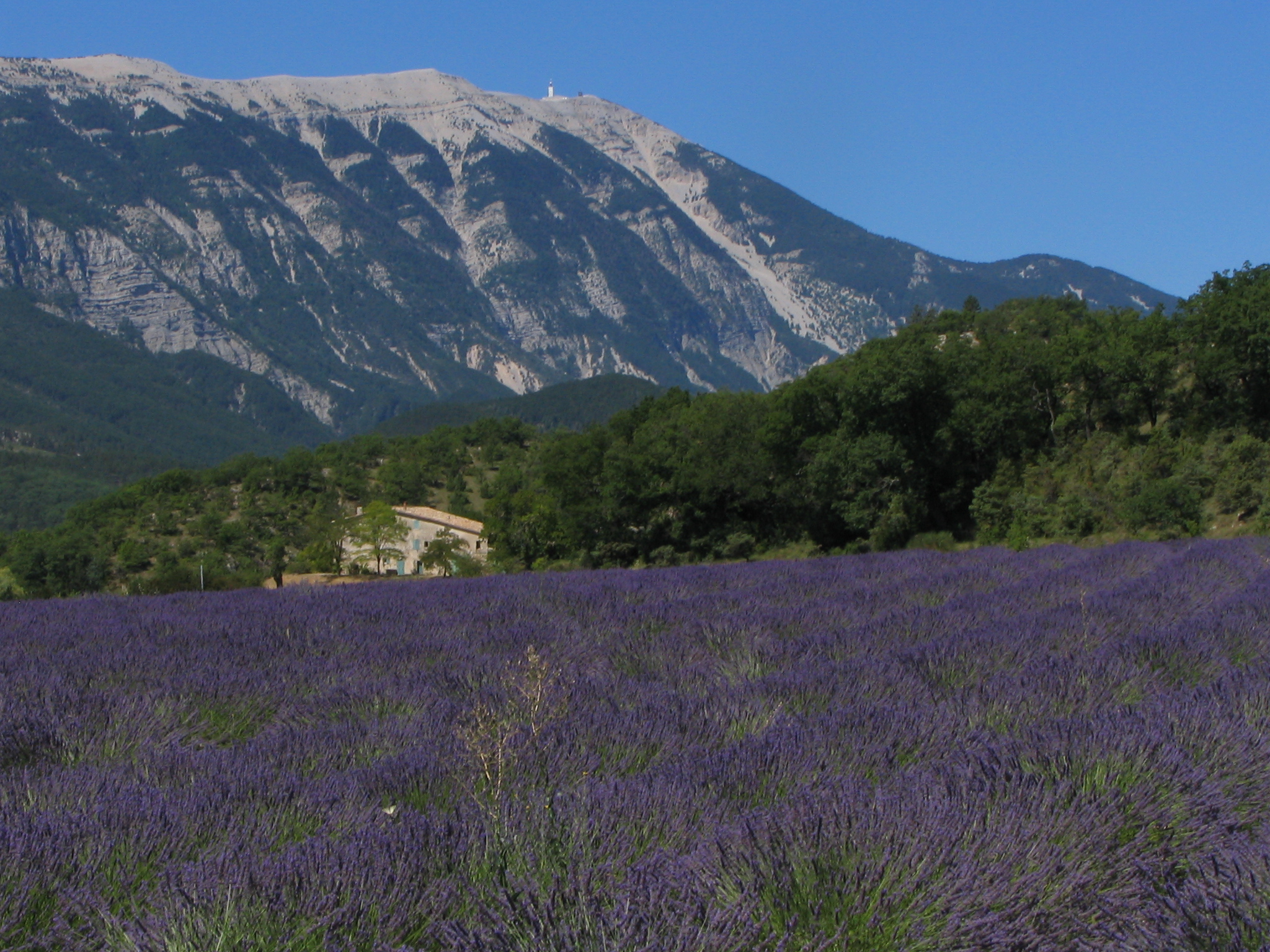
Here is a letter in Latin, written in his hand: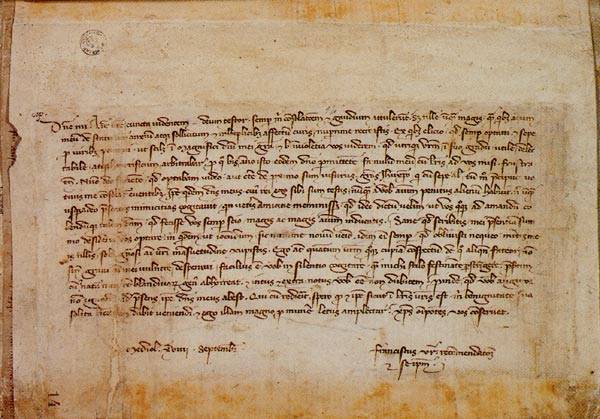
Writers were not the only ones to be attracted by the ancient world
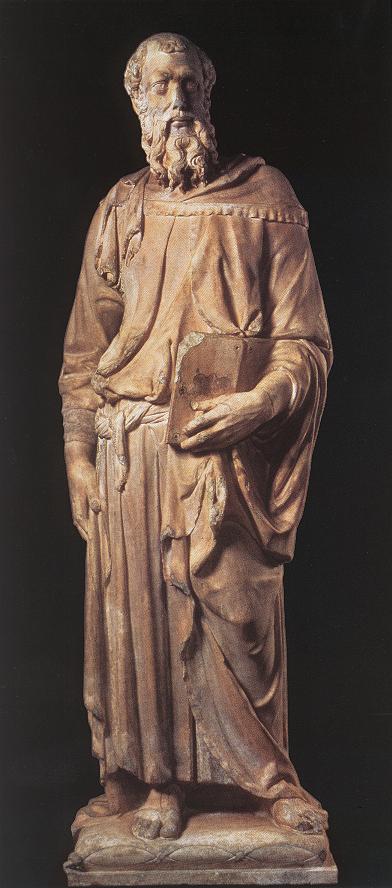
Donatello’s work broke new ground; he introduced innovations in sculpture such as the contrapposto stance, inspired by ancient models:
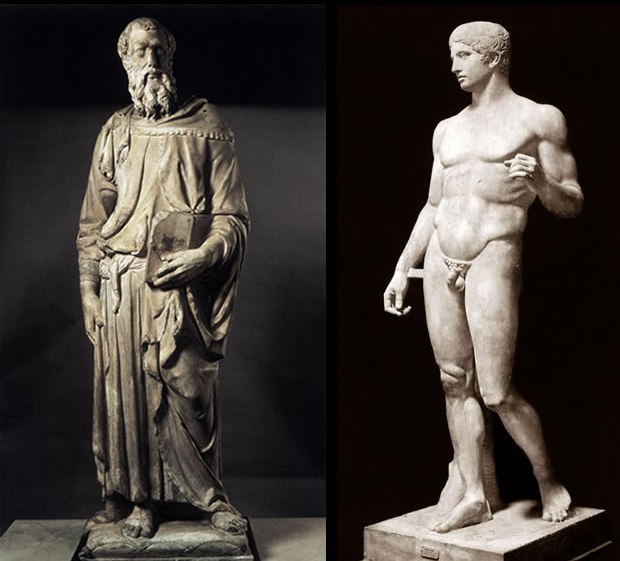
Compared with works created by his contemporaries, Donatello’s naturalism stands out.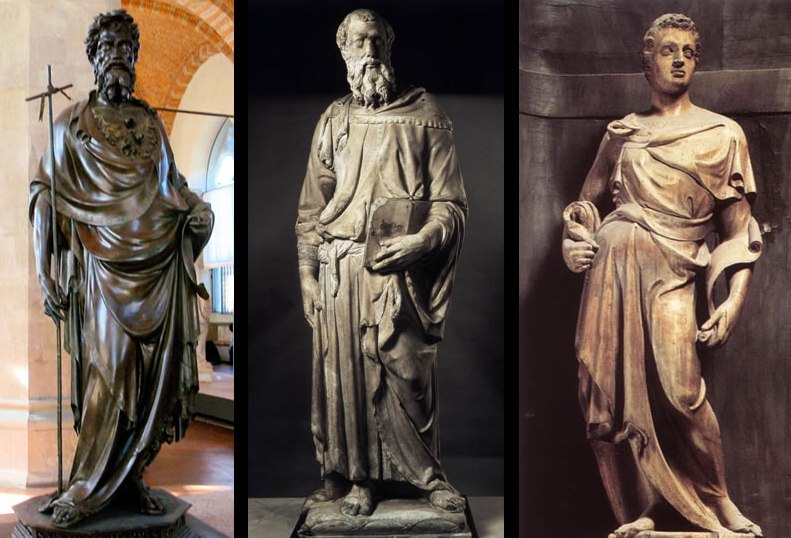
Lorenzo Ghiberti St. John 1412-16 Donatello St. Mark 1411-16 Nanni di Banco, Isaiah,1408
When Donatello first carved the statue of St. George for the Armorers’ and Sword-makers’ Guild it was displayed on the facade of the Church of Orsanmichele where this copy stands today:
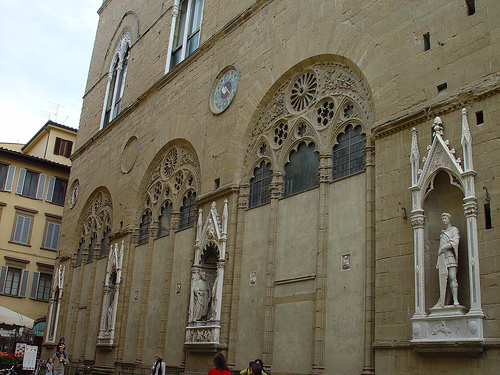
Located in the bustling center of the city, these statues were only some of the many works of public sculpture that Renaissance Florentines saw every day as they went about their business past the Duomo and the Piazza della Signoria.
Across from the Duomo is the Baptistry of San Giovanni, with Lorenzo Ghiberti’s two sets of gilt bronze doors.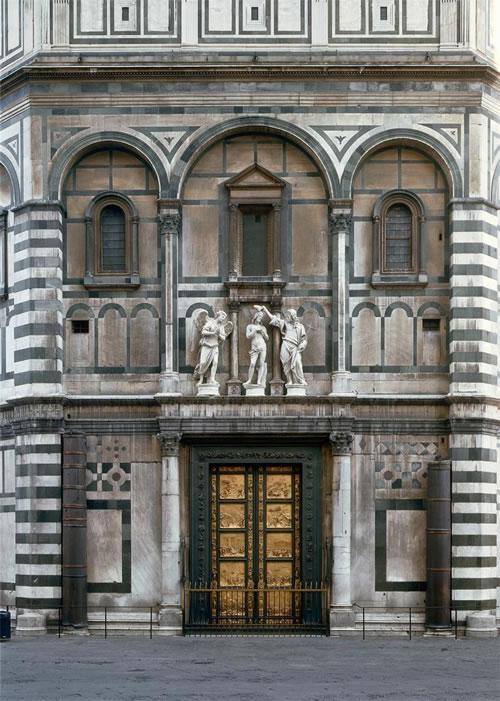
Though Ghiberti won the competition, there were many contenders for the prestigious prize.
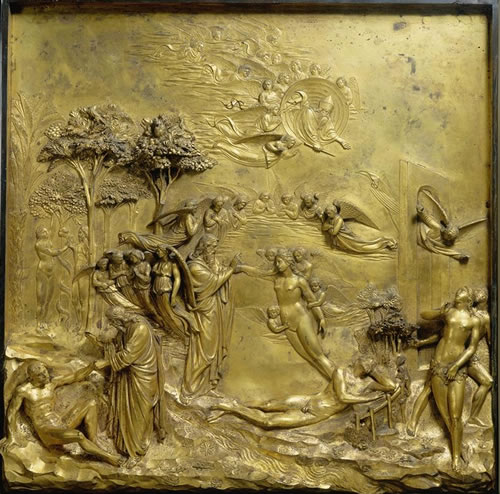
Ghiberti also included this self-portrait on his Doors of Paradise: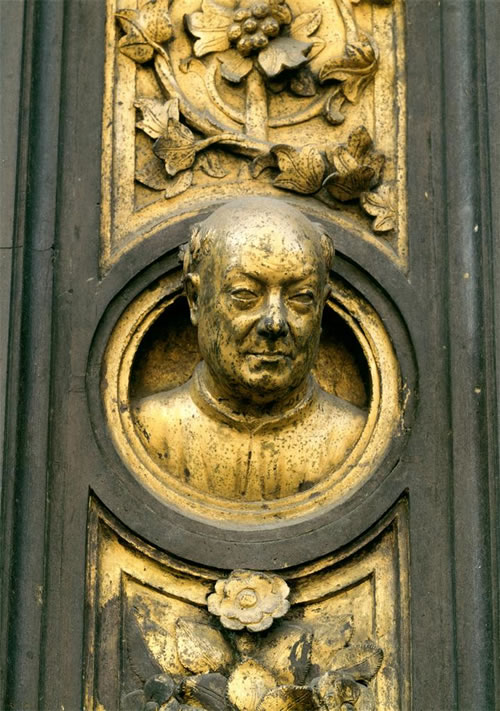
Brunelleschi lost the competition for the bronze doors but he got the much more massive commission of building the cupola atop Florence’s Duomo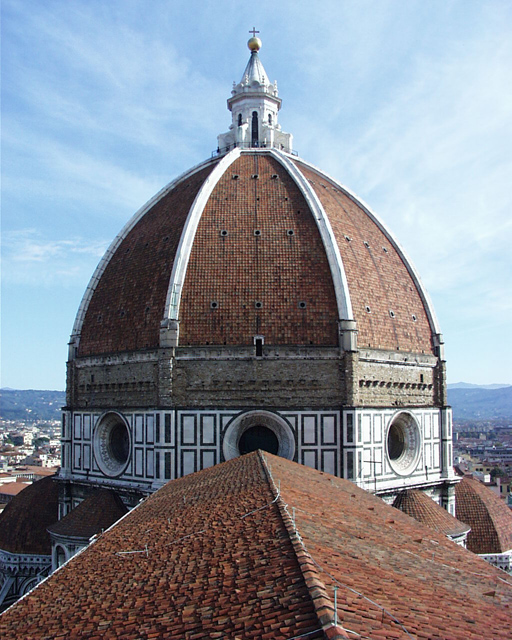
To this day, it is the single monument that dominates the Florentine horizon:
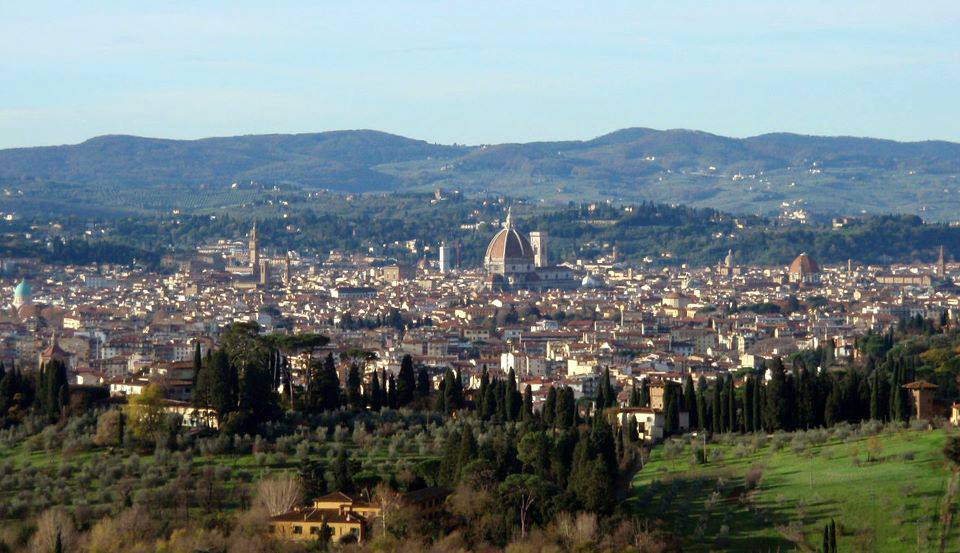
Brunelleschi also designed the following quintessentially Renaissance buildings in Florence:
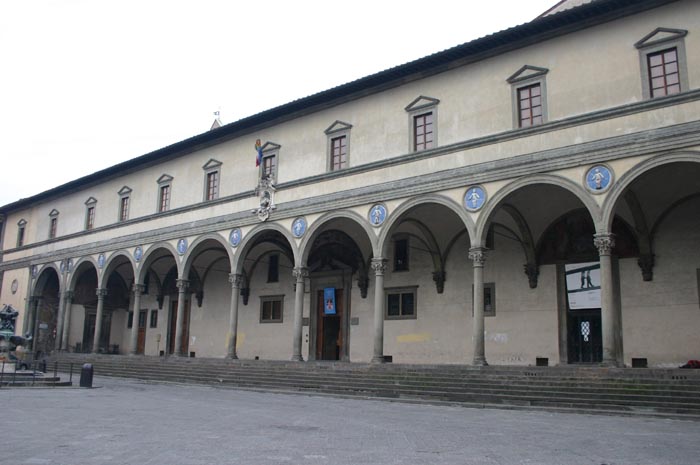
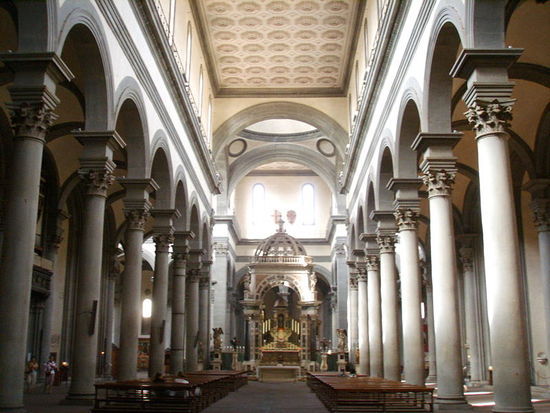
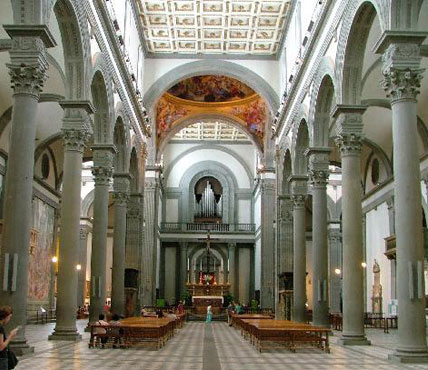
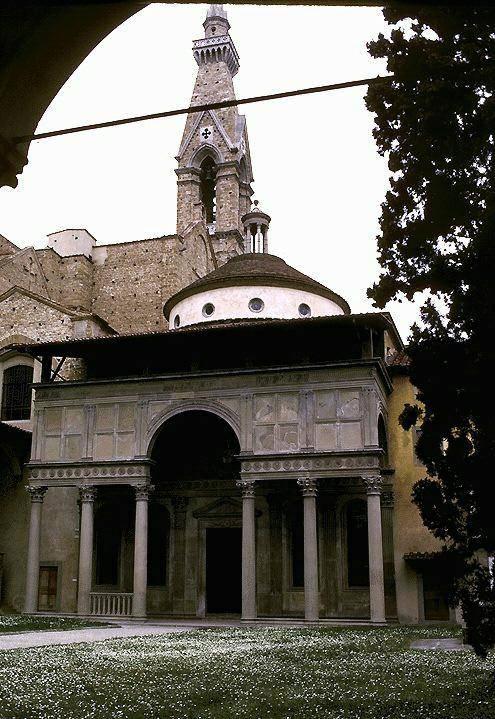
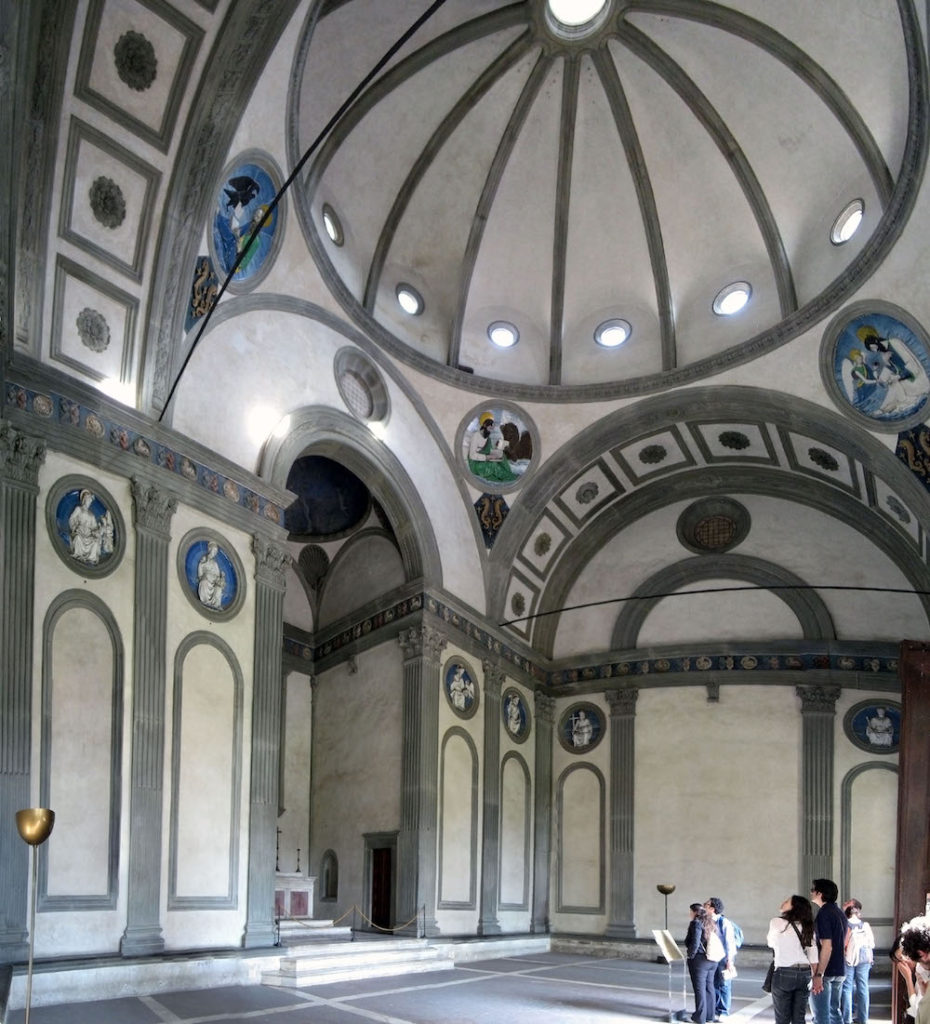
Brunelleschi is renowned for the invention of single-point perspective, applied with mastery in the painting below, by his friend Masaccio:
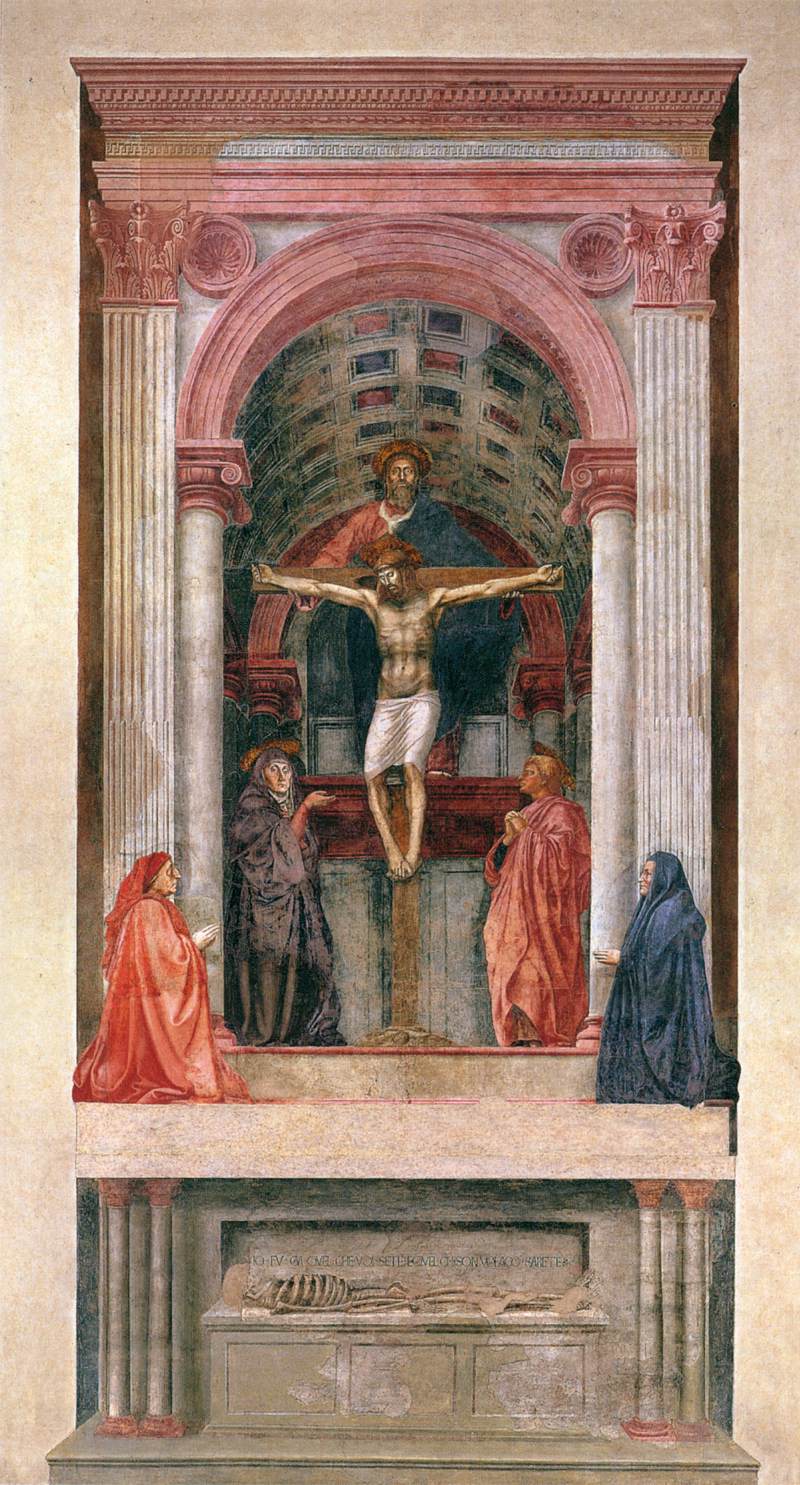
A diagram of Masaccio’s use of perspective in that work: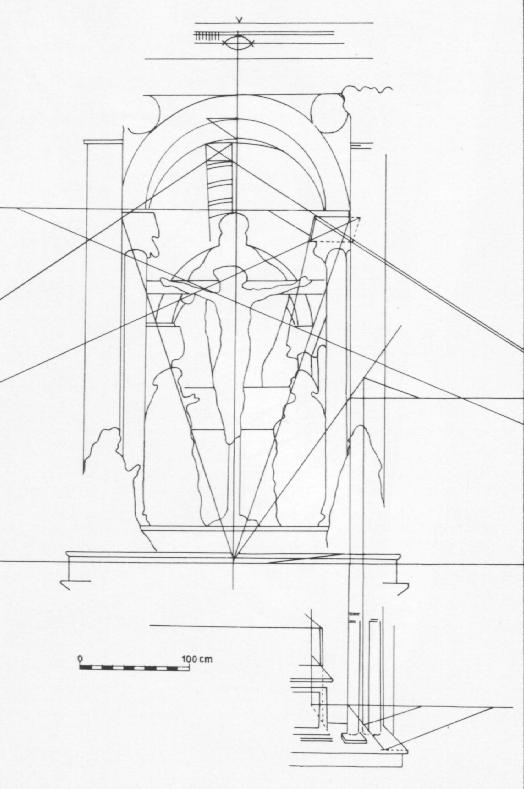
Masaccio’s frescoes in the Brancacci Chapel of the Church of Santa Maria delle Carmine broke new ground with their raw, expressive emotion: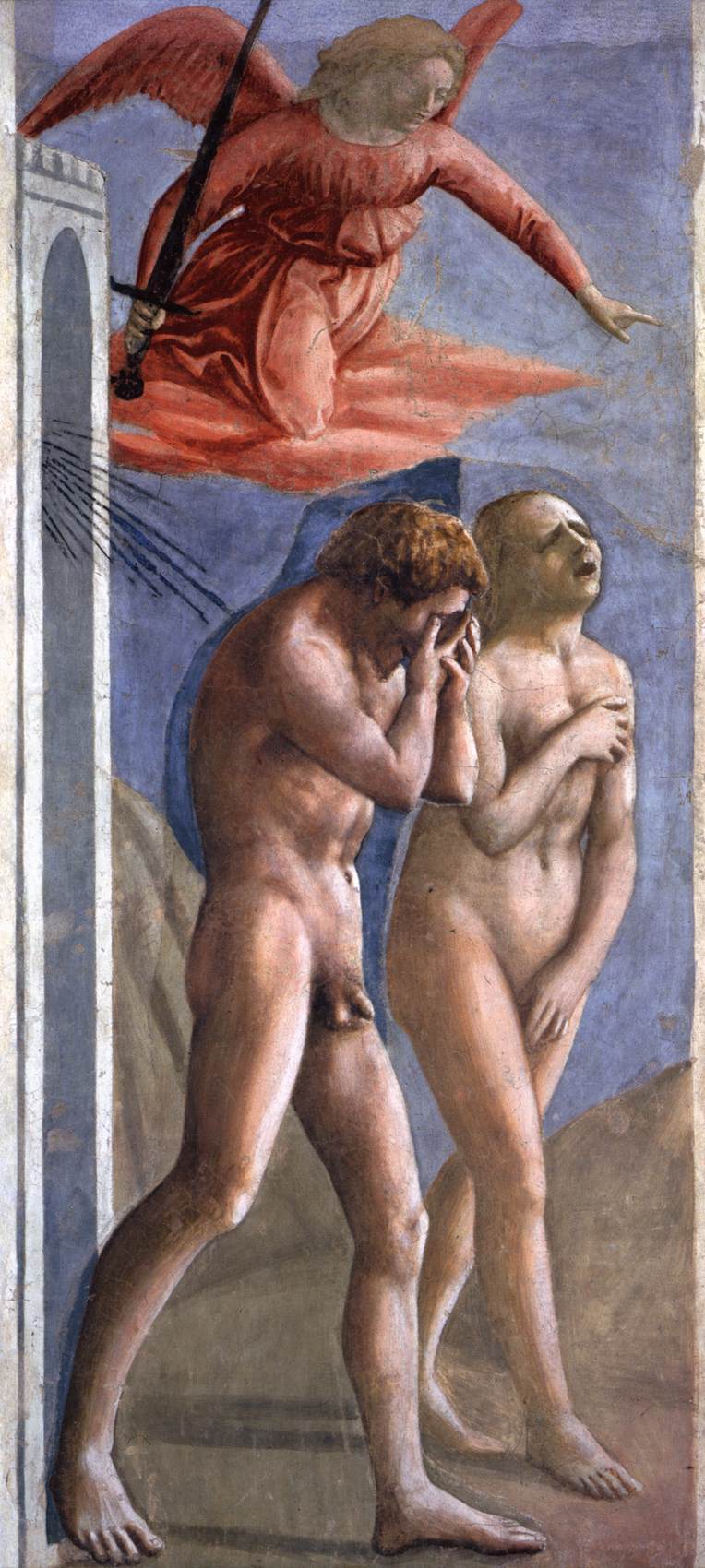
…his naturalistic portrayal of the human body…

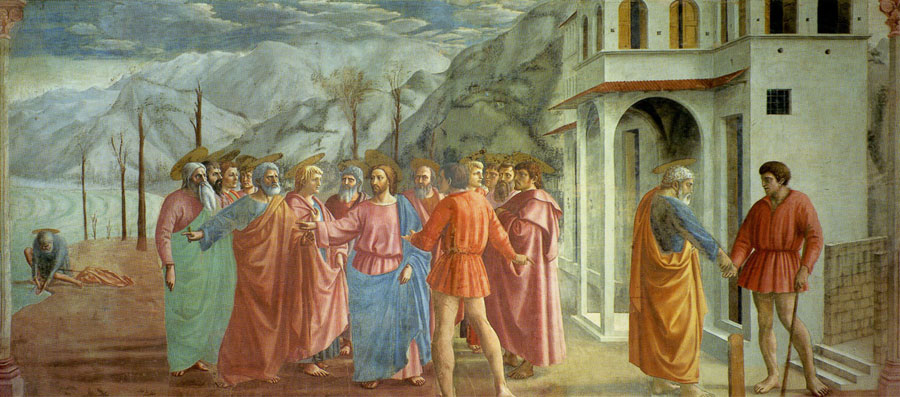
…the use of lights and shadows (chiaroscuro), and perspective technique
These paintings by Masaccio would be studied by Leonardo, Michelangelo, and virtually all artists of the Renaissance.
Though only twenty-seven at the time of his death, Masaccio revolutionized art.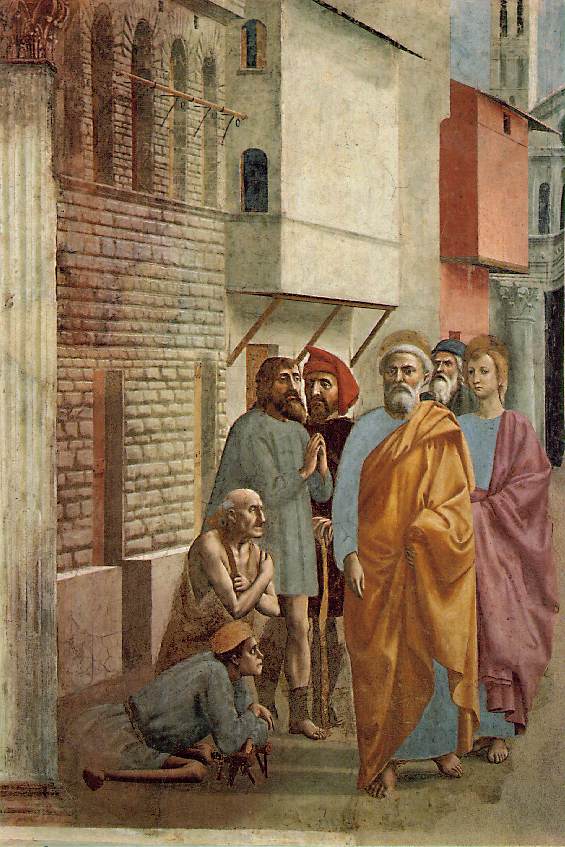
Masaccio, Saint Peter Healing with His Shadow
